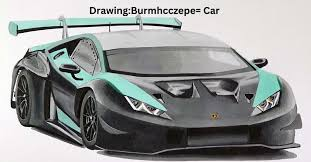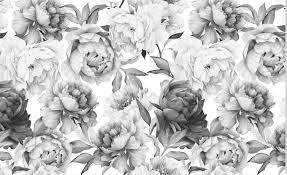From Sketch to Finish: A Step-by-Step Guide to drawing:burmhcczepe= car

Introduction to Drawing: drawing:burmhcczepe= car
Have you ever looked at a sleek car and thought about how amazing it would be to capture its essence on paper? Drawing cars can seem daunting, but with the right guidance and techniques, anyone can transform their ideas into breathtaking artworks. Whether you’re an aspiring artist or just looking for a fun project, this step-by-step guide will take you from sketch to finish in no time. Grab your pencils and let’s hit the road to creating stunning car illustrations!
Tools You’ll Need to Get Started
Before you dive into the world of drawing cars, gather some essential tools. A good sketchbook is a must. Look for one that has thick paper to withstand erasing and layering.
Pencils are your best friends here. Start with a range from H (hard) to B (soft). This variety helps you create fine lines and deep shadows.
Don’t forget an eraser! A kneaded eraser is perfect for lifting graphite without damaging the paper.
Rulers can assist in maintaining proper proportions, especially when starting out. They help guide those straight lines that define car edges.
Consider investing in blending stumps or tortillons for smooth shading transitions. With these tools at hand, you’re ready to embark on your journey from sketch to finish!
Step 1: Sketching the Basic Shape and Proportions of the Car
Start by gathering your reference images. Look for various angles of the car to understand its shape better. Familiarizing yourself with different styles will enrich your drawing experience.
Begin with light pencil strokes to outline the basic shape. Focus on simple geometric forms like rectangles and circles. This will serve as the foundation for your car’s body, wheels, and windows.
Pay close attention to proportions. The length of the hood compared to the cabin is essential for realism. A good trick is using a ruler or even your own fingers to measure and compare sections.
Don’t stress about perfection at this stage; it’s all about getting those initial lines down. Once you’re satisfied with the structure, you can refine details in later steps, but let this sketch breathe first!
Step 2: Adding drawing:burmhcczepe= car
Once you have the basic shape of your car sketched out, it’s time to refine those lines. Focus on defining the details that make your vehicle unique. Start with the wheels and tires; they set the tone for realism in your drawing.
Next, work on the body contours. Pay attention to curves and angles that give character to your design. Use light strokes at first so you can easily adjust as you go along.
Don’t forget about windows and lights. These elements add personality and function to your car sketch. Experiment with different shapes to see what fits best.
Remember, this is where creativity shines! You can blend styles or even incorporate features from cars you admire. Let your imagination guide these updates while keeping proportion in mind for a harmonious look.
Step 3: Shading and Adding Depth to the Drawing
Shading is where your drawing truly comes to life. It adds dimension and realism to your car illustration. Start by identifying the light source in your scene. This will guide where shadows fall and highlights shine.
Begin with a soft pencil or charcoal for gentle shading. Use circular motions or quick strokes to create smooth gradients on curved surfaces like fenders and hoods. Pay attention to areas that would naturally be darker, such as under the chassis or behind the tires.
Layering can enhance depth significantly. Add more pressure gradually in shadowed regions while keeping lighter touches for reflective spots. Blending tools, like tortillons, can help achieve seamless transitions between tones.
Don’t forget about reflections! Cars often have shiny surfaces that reflect their surroundings. A few strategic highlights will elevate your work from simple sketch to striking art piece.
Tips for Improving Your Drawing Skills
Practice consistently. Set aside time each day or week to draw, even if it’s just for a few minutes. Regular practice builds muscle memory and enhances your skills over time.
Study from life. Look at real cars and observe their shapes, colors, and reflections. This will help you understand proportions better than relying solely on photos.
Experiment with different styles and mediums. Try drawing with pencils, charcoal, or digital tools to discover what feels best for you. Each medium offers a unique experience that can enhance your creativity.
Seek feedback from others. Join online forums or local art groups where you can share your work and receive constructive criticism. Fresh perspectives often highlight areas for improvement that you may not notice yourself.
Don’t be afraid to make mistakes! Every misstep is an opportunity to learn something new about your technique and style. Embrace the journey of growth in your artistic endeavors.
Conclusion to drawing:burmhcczepe= car
Drawing a car can be an enjoyable and rewarding experience. By following the step-by-step guide, you’ve taken significant strides from sketching out basic shapes to adding intricate details and depth. Each stage builds upon the last, enhancing your skills along the way.
Remember that practice is key. The more you draw, the better you’ll become at capturing different angles and styles of cars. Experiment with various techniques and don’t shy away from making mistakes—they are often your best teachers.
Keep exploring new tools and methods to refine your craft further. Whether you’re using pencils, charcoal, or digital platforms, every medium has its unique charm that can elevate your artwork.
Stay patient throughout this creative journey; progress takes time but is always worth it when you see how far you’ve come in mastering the art of drawing cars!




